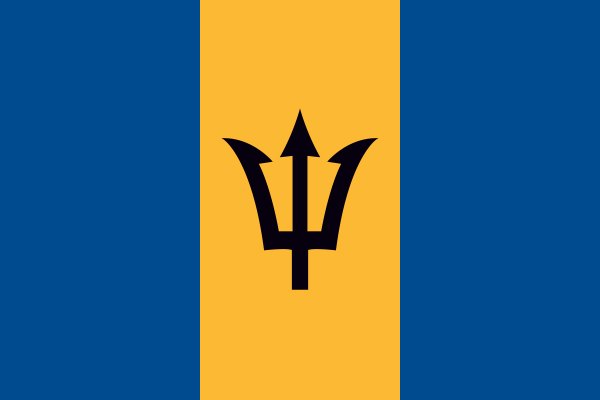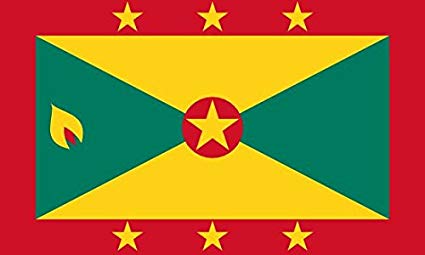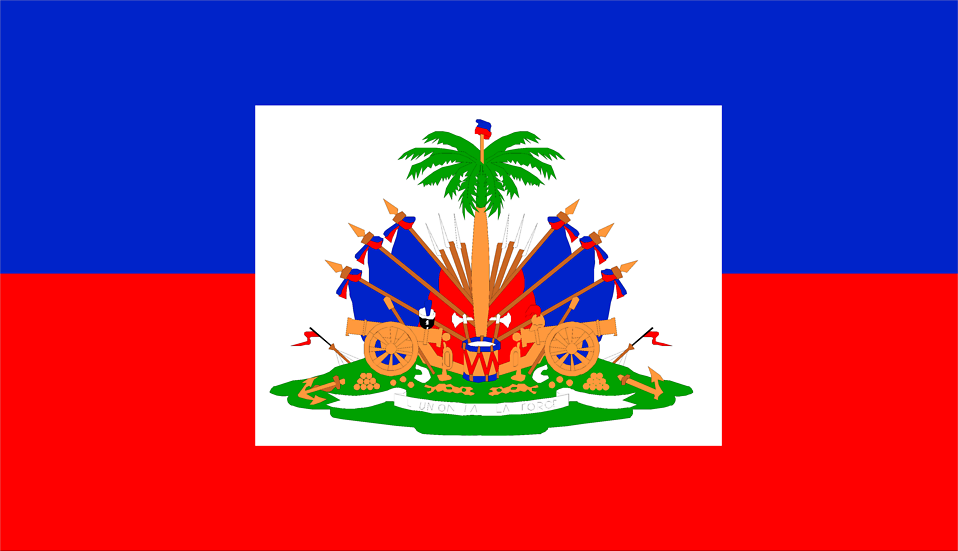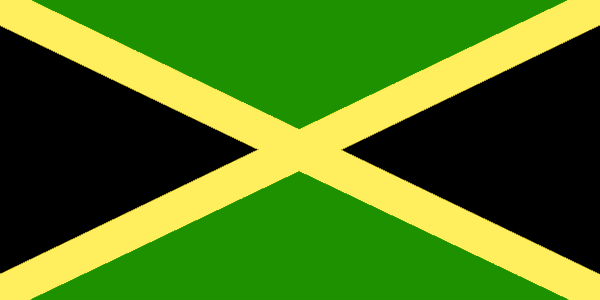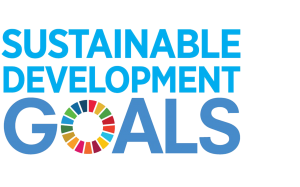ProjectCSIDS SOIL CARE
The Caribbean SOILCARE project, is a joint venture by PISLM and FAO, that seeks to create a conducive enabling environment and supports countries to establish, implement monitor and report on progress towards LDN targets.
This entails practicing sustainable land management and restoring degraded lands in specified land areas and time period so as to maintain or increase the amount and quality of land resources, sustain ecosystem functions and services and enhance food security.
Participating countries (Regionally) include— Barbados, Antigua and Barbuda, Belize, Grenada, Guyana, Haiti, Jamaica and, Saint Lucia
[bold_timeline id=”969″]
Participating Countries
The major land management issues in Antigua and Barbuda are: unsustainable farming practices, poor watershed management, soil and sand mining, uncontrolled grazing by livestock, the competition for, and allocation of beach front land, particularly for tourism development and bush res. In the case of bush and forest res these are a major cause of ecosystem and species loss.
In Barbados the project interventions will be concentrated in the communities of Bawdens, Turners Hall and Codington all located in the parish of St. Andrew in the Scotland District Barbados. These communities are engaged in and are promoting organic food production.
In Belize project intervention actions will be concentrated in the northern districts of Belize, often referred to as the Northern Sugar Belt of Belize. Focus will be placed on the restoration of arable land (degraded overtime by inappropriate agricultural practices on sugarcane lands) and the enhancement of ecosystem services and livelihood options for dependent communities. Project sites will be concentrated in Libertad and Patchacan which are sugarcane growing areas characterised by declining yields and degraded soils as a consequence of years of monoculture cropping systems.
In Grenada, the project will seek to arrest ongoing land and soil degradation, deforestation of land and ecosystems through the sustainable management of production landscapes in Belle Vue South area of Carriacou.
Guyana has selected three National Implementation Sites, namely:
REGION 1 – Port Kaituma, which occur along the lower floodplains of the Waini, Aruka, Kaituma, Barima and Barama Rivers, extending up to 65km inland of the coast and abutting abruptly with soils of the crystalline shield uplands;
REGION 10 – the Intermediate Savannahs of North-East Guyana which lies immediately to the South of the coastal plain, extending both east and west of the Berbice River in a South-Westerly direction, and adjoin the upland rain forest regions; and
REGION 5 – the Mahaica Mahaicony Abary area which extends east of the Mahaica River to the west bank of the Berbice River. Given the importance of agriculture, two National Implementation sites— the Intermediate Savannahs of North-East Guyana and Mahaica Mahaicony Abary area—with different micro-climates and physiographic characteristics have been selected on which Climate Smart will be undertaken. One National Implementation site – Port Kaituma has been selected for activities related to the rehabilitation of degraded soil.
The interventions in Haiti will be concentrated in the Vallieres and Carice is Rivières Libon Watersheds (approximately 75,000 hectres) in the north-east of the country, and will seek to arrest ongoing land and soil degradation, deforestation of land and ecosystems through the sustainable management of production landscapes, addressing the complex nexus of creating livelihoods options, controlling and reversing land degradation, building resilience to climate change and other meteorological events (e.g. tropical waves etc.), and improving environmental security.
Project Site : In Jamaica interventions will focus on the agro-economic zone at the Holland Estate, a Government owned property, located in the west central section of the parish of St. Elizabeth (a food basket Parish) which was previously used over decades for sugar cane cultivation and the grazing of cattle. Farmers have been allotted plots for the cultivation of a variety of crops. However, laboratory analysis conducted by the Agricultural Land Management Division has indicated that the soil in this former sugarcane estate has been degraded in ways which include; low nitrogen and organic content, acidification, soil erosion and soil compaction.
In St. Lucia the activities under this component will be undertaken in Cendre de FEU/Sarot Bexon, an agricultural area consisting primarily of abandoned banana farms in which farmers are trying to identify alternative crops to sustain their livelihoods. The focus of this intervention is to work with the farmers in the development of alternative crops as a means of sustaining their livelihood. Crops identified by local farmers, include, inter alia: tree crops such as cocoa; cut flowers and short-term crops such as mushroom.



